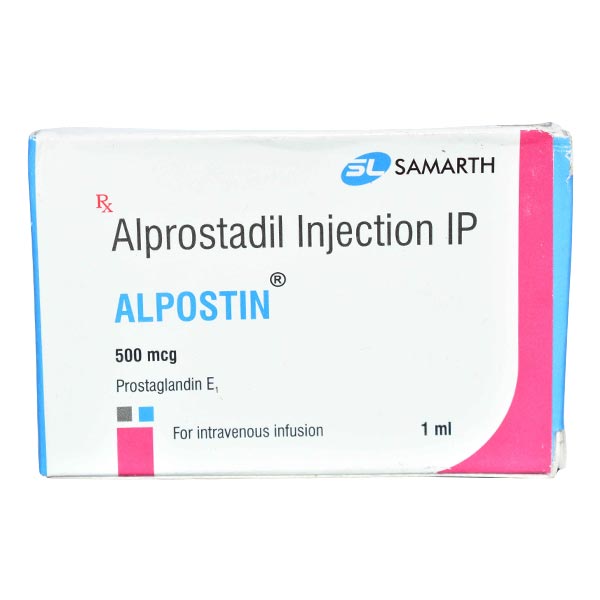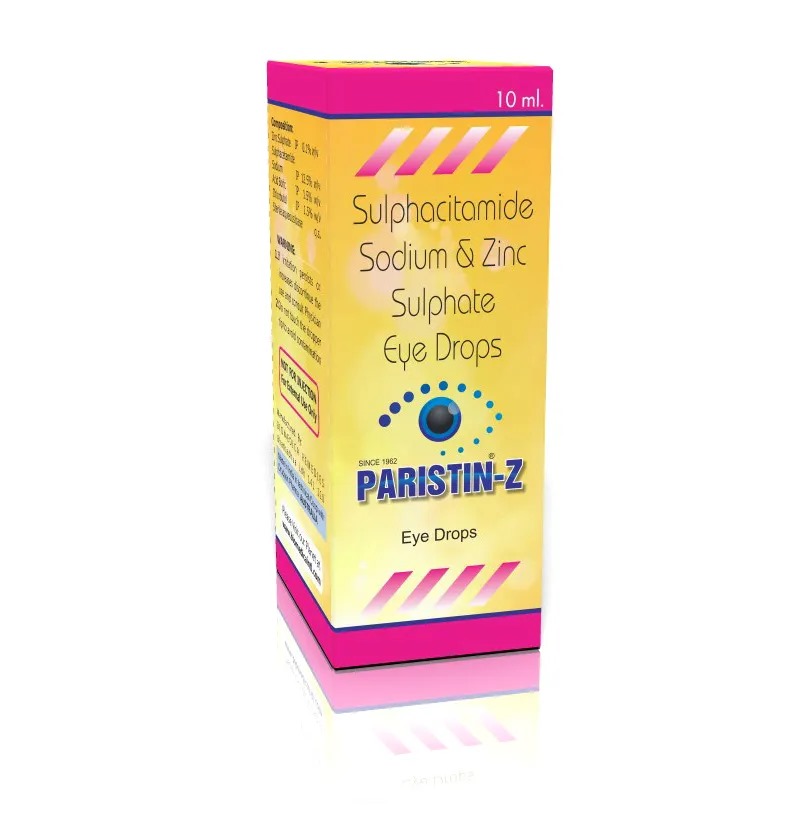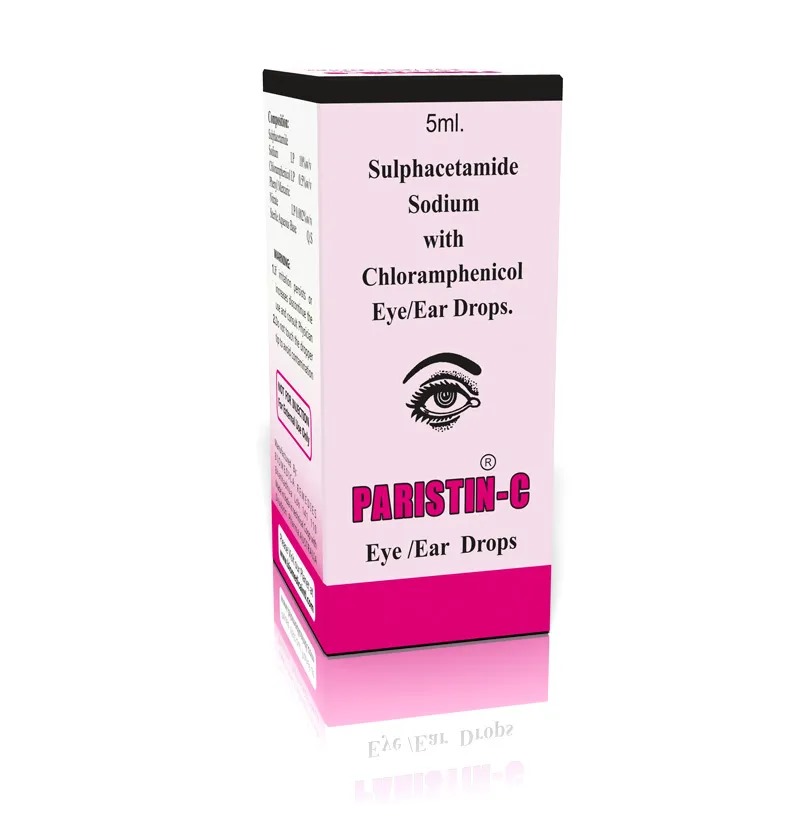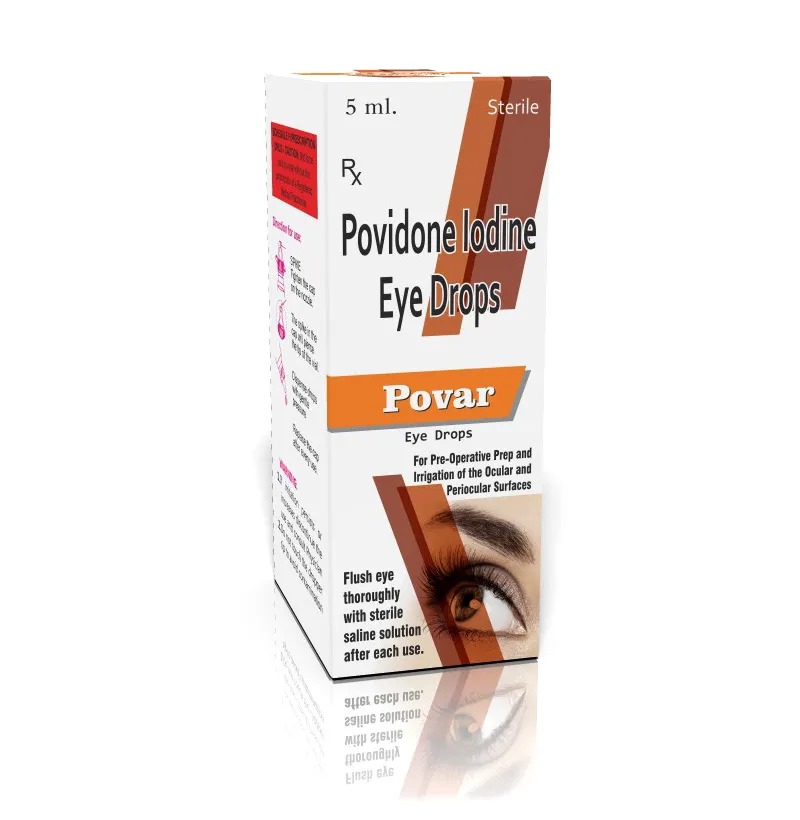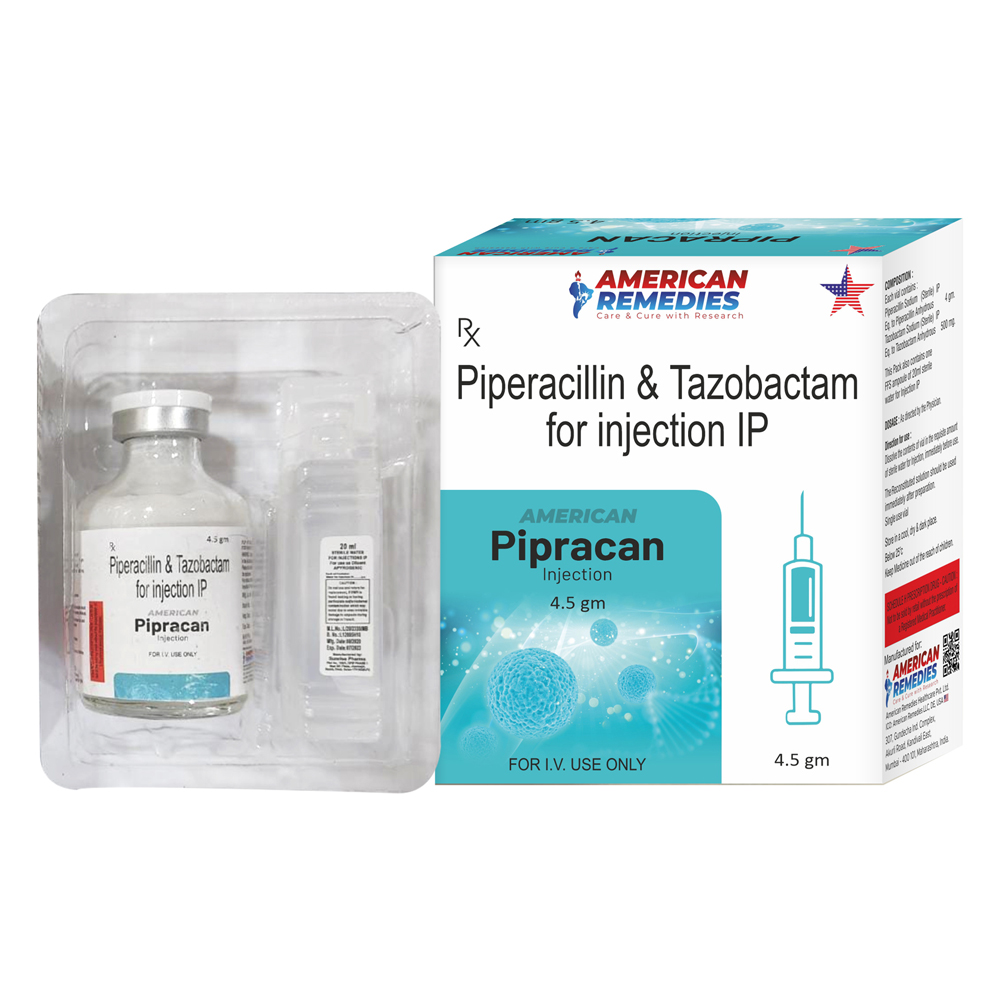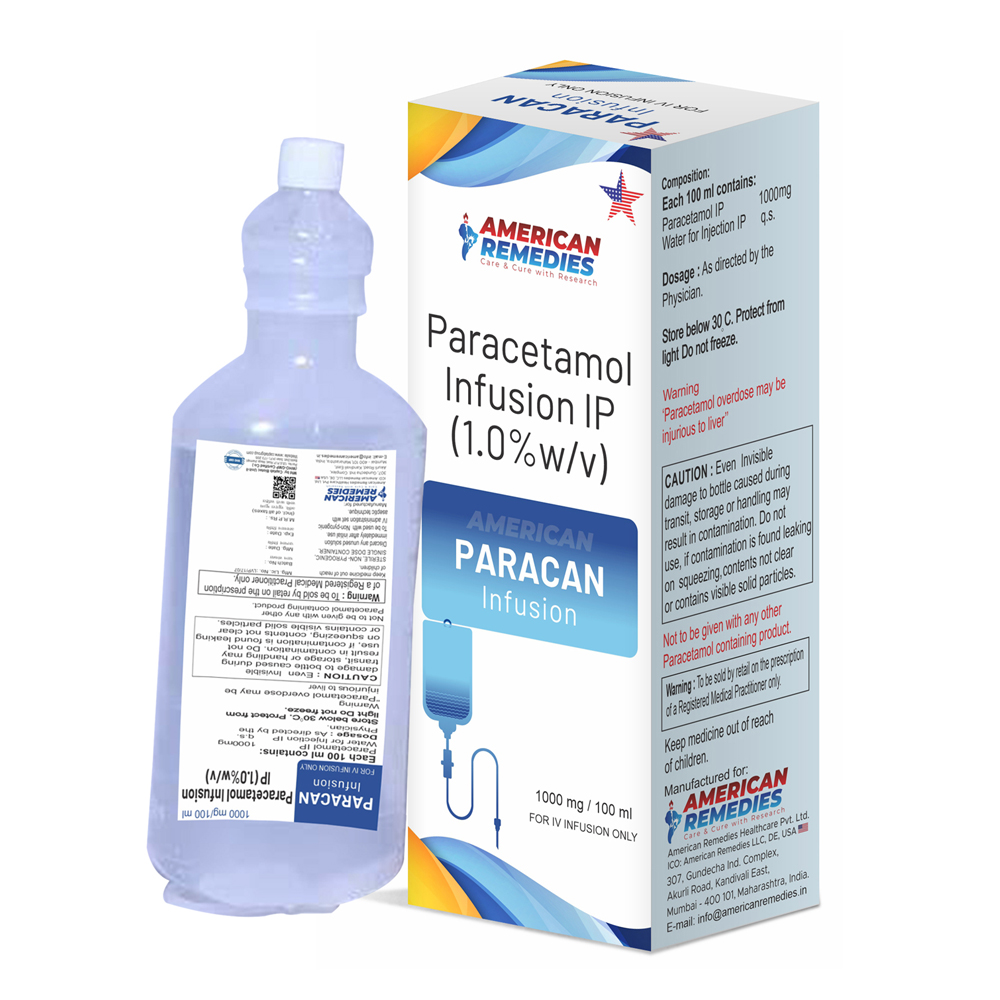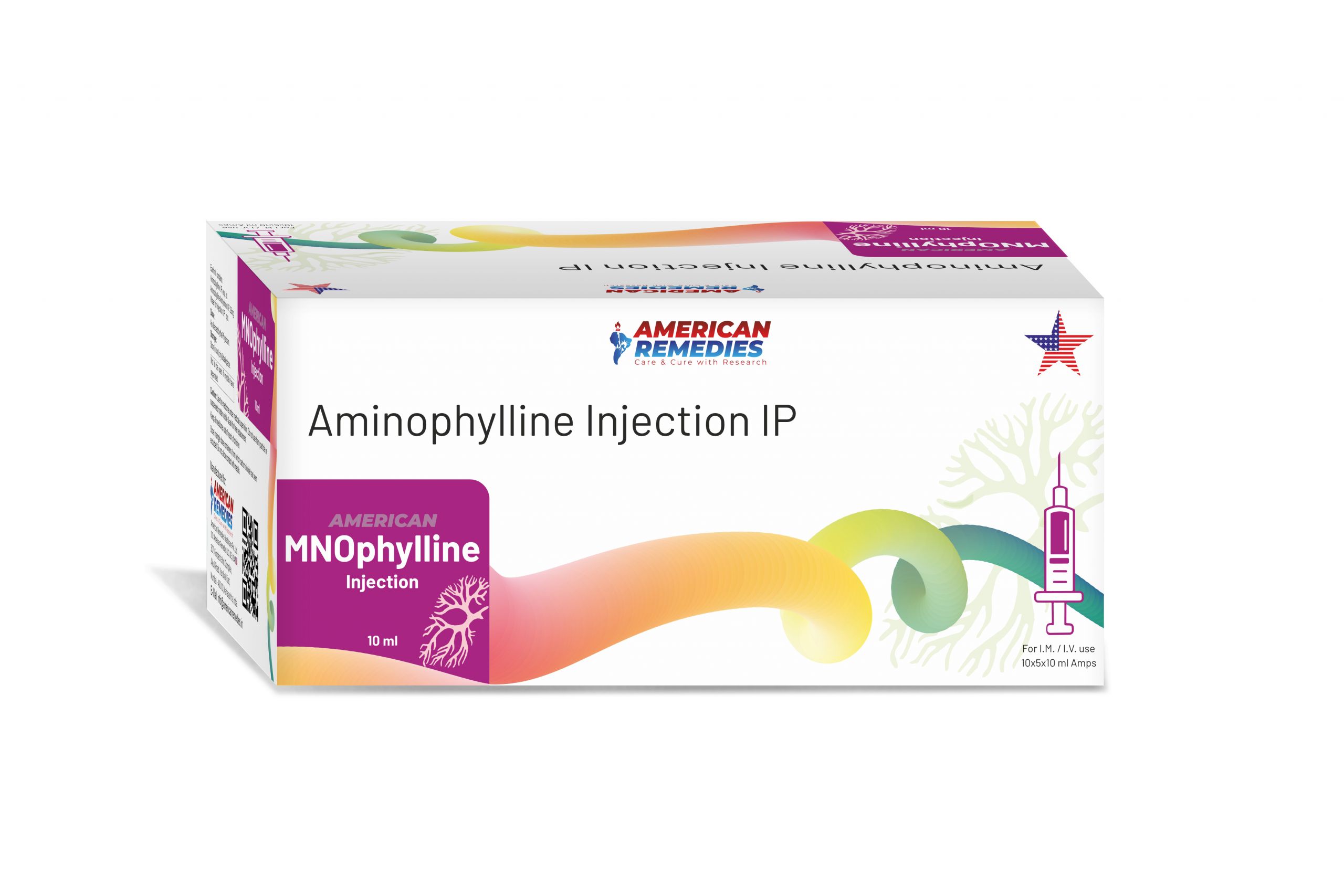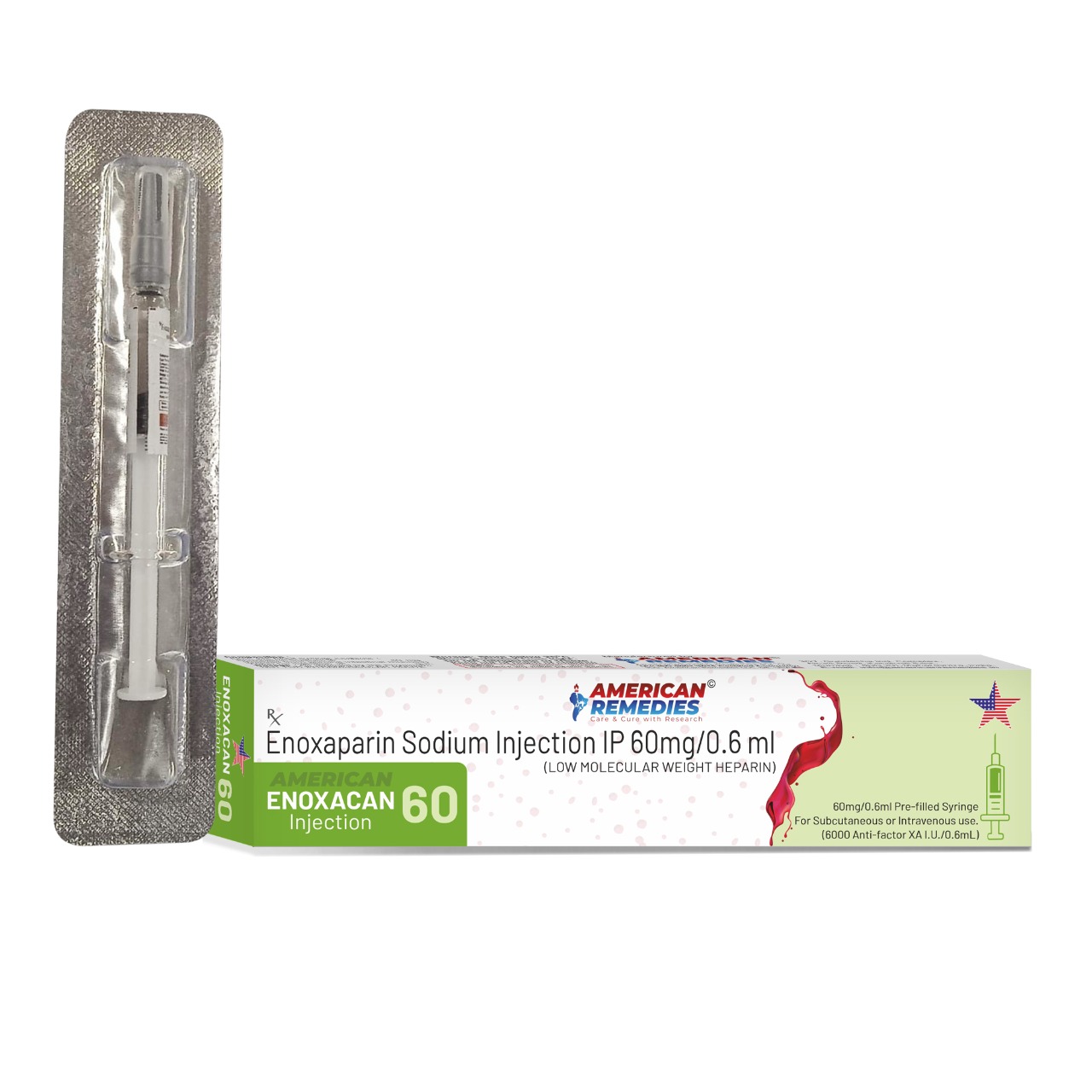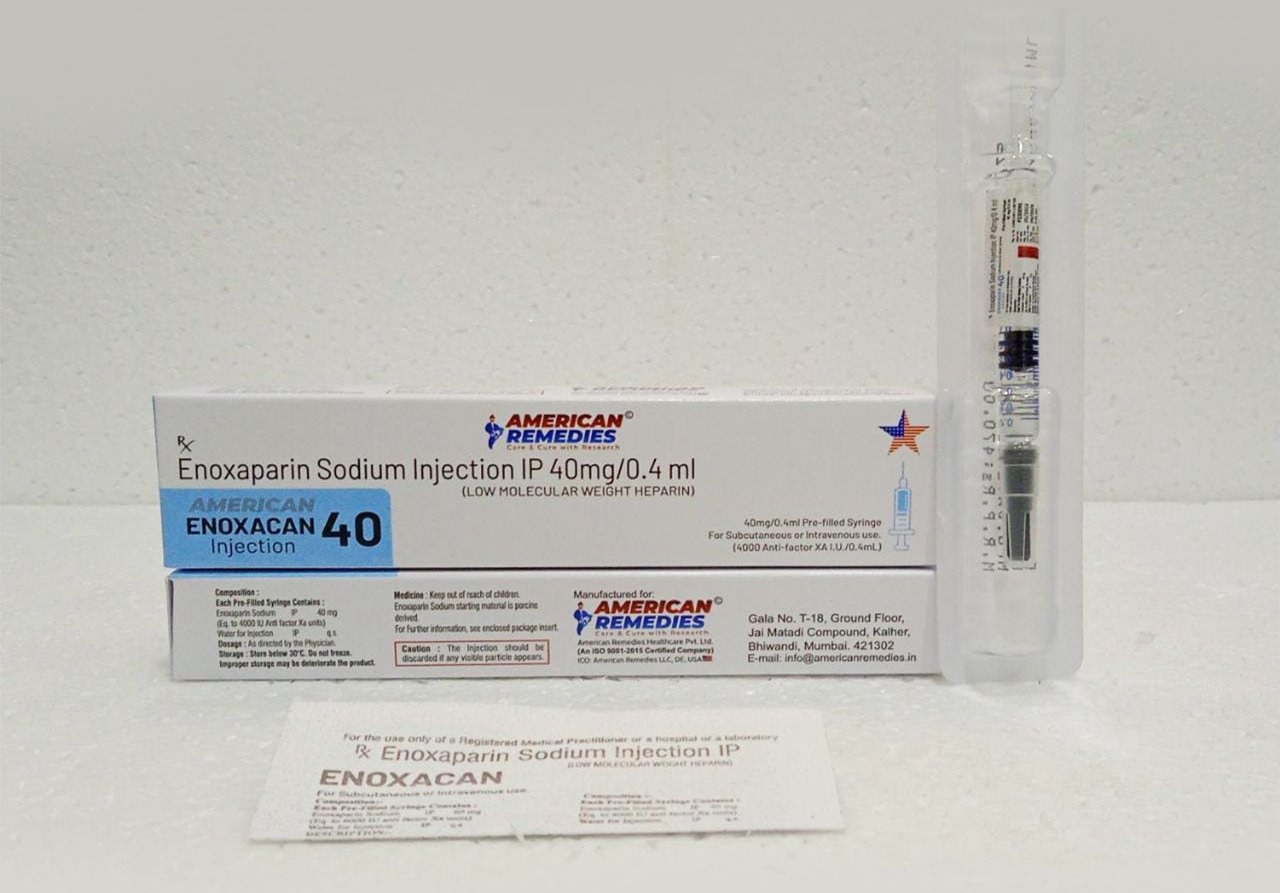Alpostin 500mcg Injection Salt: Alprostadil (500mcg) Description Alpostin 500mcg Injection is used to treat patent ductus arteriosus (PDA), a heart defect that occurs in newborns. It improves blood circulation in such babies and helps treat this defect. Alpostin 500mcg Injection is used to treat patent ductus arteriosus (PDA), a heart defect that occurs in newborns. It improves blood circulation in such babies and helps treat this defect. Alpostin 500mcg Injection is given as an injection by a doctor or nurse and should not be used without medical supervision. The most common side effects of this medicine are interrupted breathing (apnea) and a high temperature for a short time period (transient pyrexia/fever). If your baby has these or any other side effects, let your doctor know. All babies can have Alpostin 500mcg Injection if they need it. The doctor will carry out tests before deciding whether to give this medicine to your baby. However, if your baby develops any signs of allergy to this medicine, such as wheezing, breathlessness, swelling of the face, hands, itchy rash, or redness of the skin, it is advised to not use this medicine. Consult your doctor if you have any doubts. Benefits 1. In Treatment of Patent ductus arteriosus (PDA): Patent ductus arteriosus (PDA) is a persistent opening between the two major blood vessels leading from the heart. Usually this opening closes shortly after birth, but it can remain open and lead to this heart defect in babies. Alpostin 500mcg Injection improves blood flow in such babies who have PDA. It is given as an injection by a doctor or nurse in a hospital setup. Follow your doctor’s instructions carefully to get the most benefit. Side Effects Most side effects do not require any medical attention and disappear as your body adjusts to the medicine. Consult your doctor if they persist or if you’re worried about them. Common side effects of Alpostin: - Apnea (absence of breathing) - Fever
Send Message